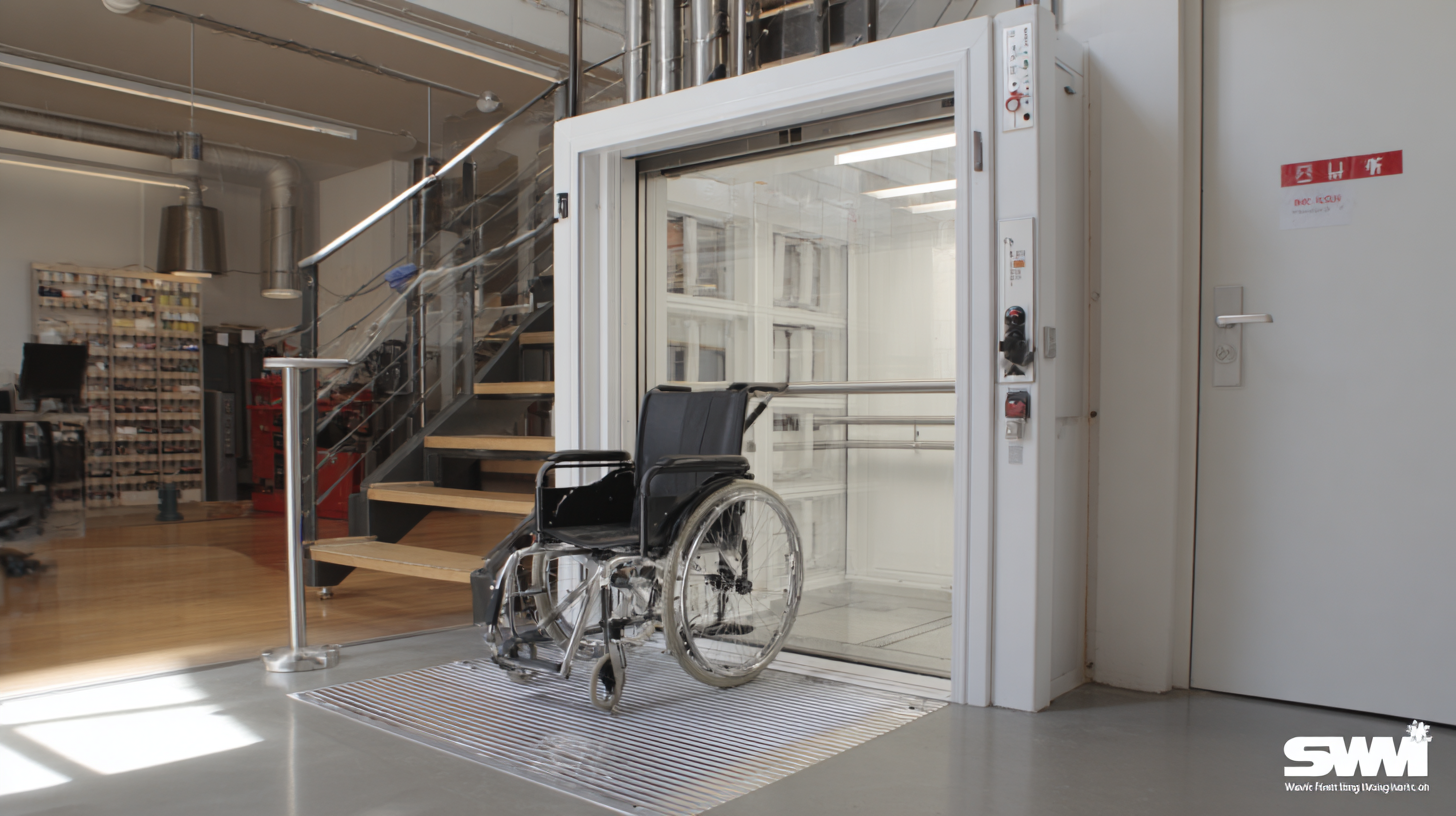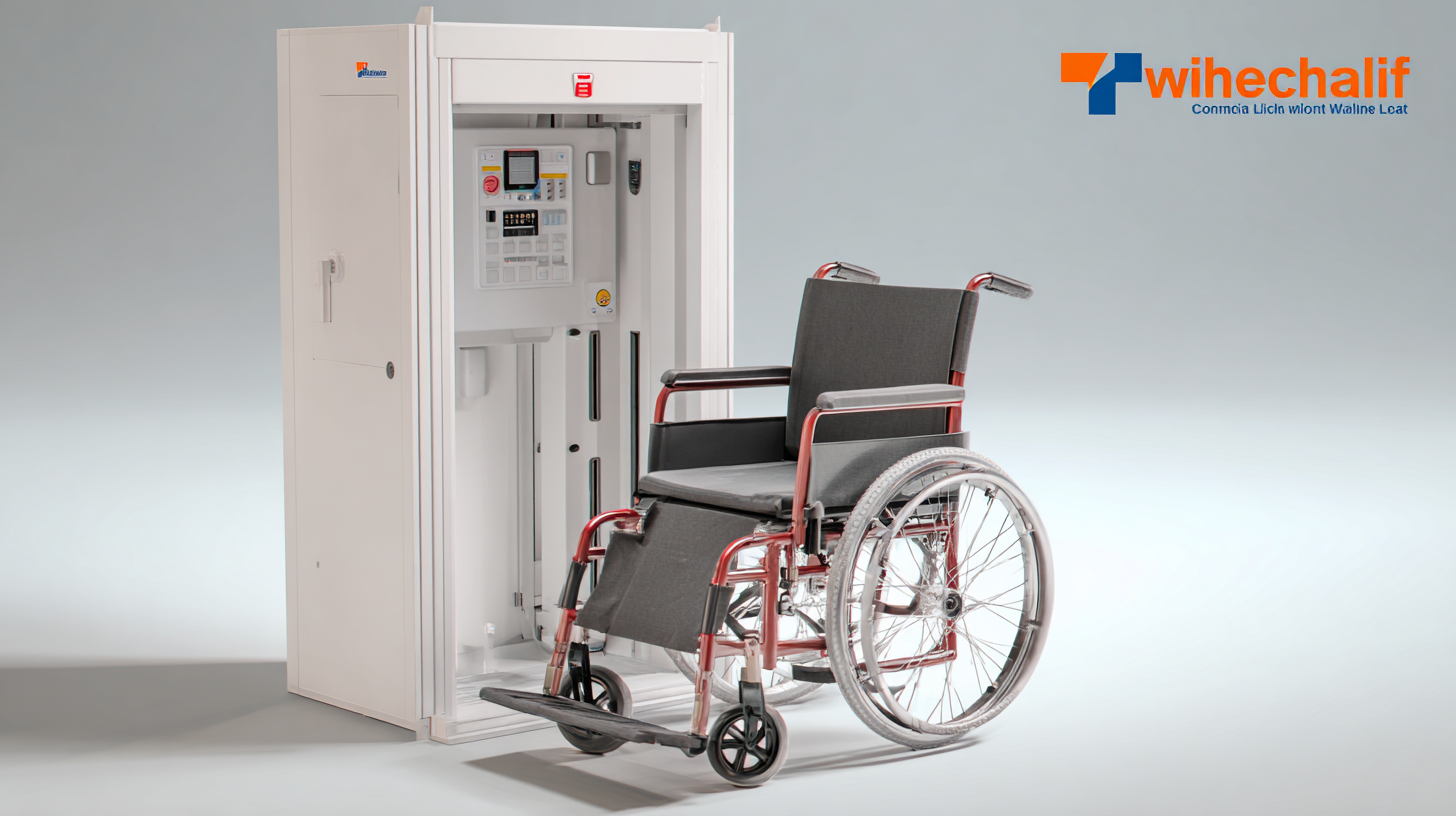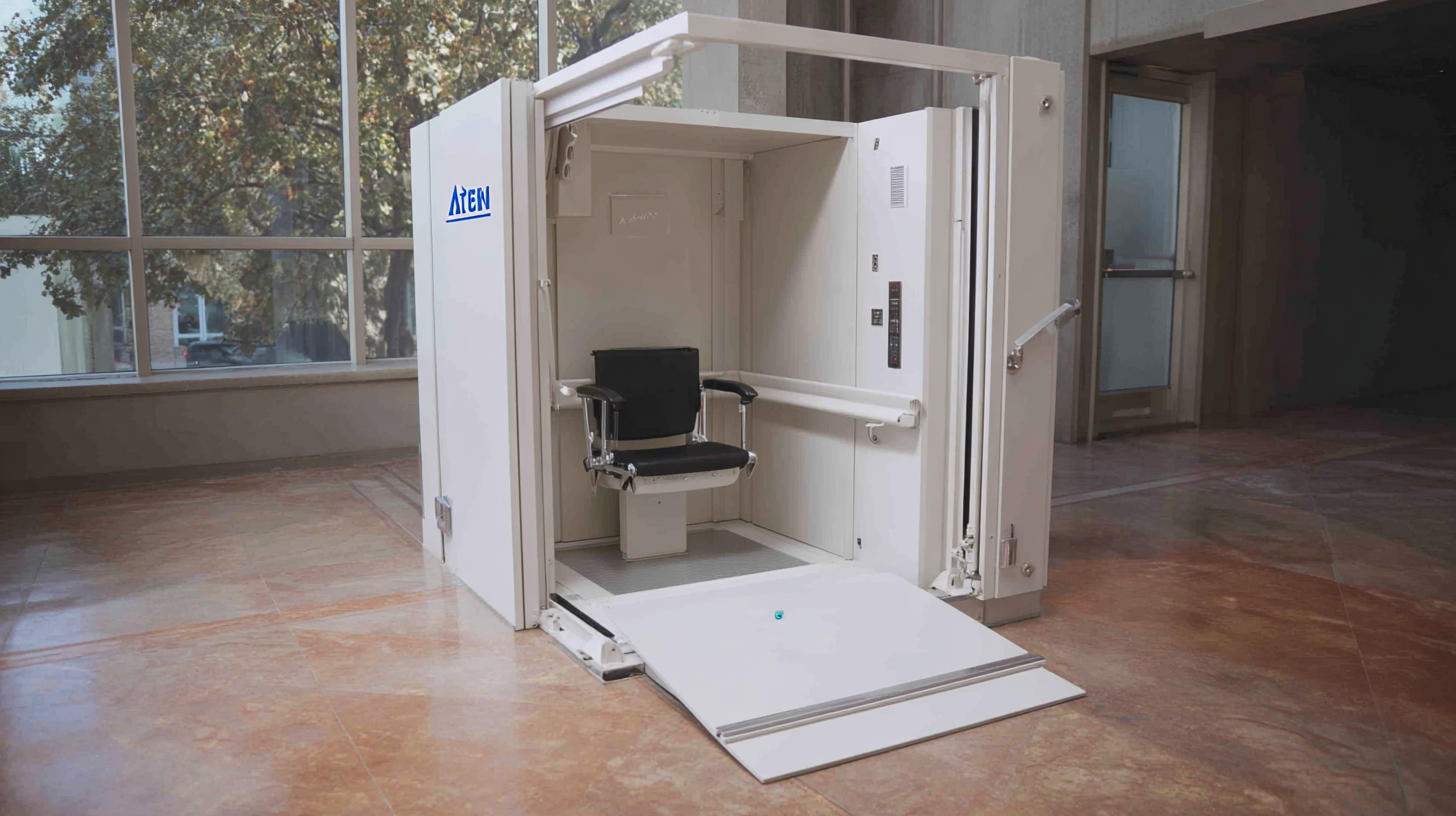7 Compelling Reasons to Choose the Best Indoor Wheelchair Lift for Your Business
In the realm of accessibility solutions, the demand for
Indoor Wheelchair Lifts has witnessed a significant surge,
driven by a growing emphasis on inclusivity in public and commercial spaces. According to recent industry reports, the global market
for accessibility equipment is expected to exceed $30 billion by 2027, with indoor lifts accounting
for a substantial proportion of this growth. As businesses recognize the importance of accommodating individuals with mobility challenges,
the choice of an efficient Indoor Wheelchair Lift becomes paramount. Not only do these lifts enhance the mobility of employees and customers alike,
but they also reflect a company’s commitment to accessibility and compliance with regulatory standards. As
"中国制造的卓越代表,出口实力领跑者" suggests, choosing high-quality, reliable indoor wheelchair lifts
from leading manufacturers can position your business as a frontrunner in accessibility and customer-centric service.

Key Benefits of Indoor Wheelchair Lifts for Enhanced Accessibility in Business Environments
Indoor wheelchair lifts are essential assets for enhancing accessibility in business environments, offering significant benefits for both employees and customers. According to a report by the National Institute on Disability, Independent Living, and Rehabilitation Research, over 61 million adults in the U.S. live with a disability, emphasizing the importance of creating inclusive spaces. By installing the best indoor wheelchair lifts, businesses can accommodate individuals with mobility challenges, boosting customer satisfaction and expanding their client base.
Furthermore, implementing these accessibility solutions can positively impact a company’s bottom line. A study from the Return on Disability Group revealed that companies embracing accessibility saw a growth rate of 28% compared to their less-inclusive counterparts. This shift not only promotes a welcoming atmosphere but also fosters loyalty among customers and employees alike. Businesses that prioritize accessibility not only create a diverse work environment but also enhance their reputation, making them more attractive in today's socially conscious market.
Understanding Industry 2025 Trends: The Role of Indoor Lifts in Modern Workplaces
As we approach 2025, the landscape of workplace design is undergoing a transformative shift that emphasizes inclusivity and functionality. One of the critical trends is the integration of indoor lifts as a vital element in modern workplaces. These lifts not only enhance accessibility for individuals with mobility challenges but also contribute to a more cohesive and sustainable office environment. With features like space-saving designs and the ability to create seamless connections between floors, indoor wheelchair lifts cater to the growing demand for adaptable spaces that support diverse employee needs.
Furthermore, the scissor lift market is expected to witness significant growth, projected at a CAGR of 7.1% from 2025 to 2030, signifying a robust demand for innovative lifting solutions. Companies recognizing the value of flexibility in their infrastructure will likely invest in indoor lifts as a way to optimize their workspaces and foster inclusivity. In an era where neurodiversity and employee well-being are paramount, these lifts play an essential role in creating an environment that is not only functional but also supportive of all employees, regardless of their needs.

Data-Driven Insights: How Indoor Wheelchair Lifts Improve Operational Efficiency
Indoor wheelchair lifts are becoming indispensable in business spaces, not only for accessibility but also for enhancing operational efficiency. As facilities increasingly embrace advanced technologies, integrating these lifts is a proactive step toward catering to all customers while optimizing building management. According to recent studies, businesses that implement mobility solutions, like wheelchair lifts, see a 30% improvement in customer satisfaction and a 20% increase in overall foot traffic.
One key insight is that allowing seamless movement within a facility can significantly reduce wait times and operational bottlenecks. For instance, in settings like healthcare or retail, integrating smart lifts can streamline patient flow and enhance the shopping experience. Moreover, these technologies often come equipped with intelligent monitoring systems that can provide valuable data on usage patterns, further aiding in maintenance and operational planning.
**Tip:** When evaluating wheelchair lifts, consider models that offer energy-efficient designs to contribute to sustainability goals. Additionally, implementing a feedback system can help gather user insights about the lift’s performance and accessibility, driving continuous improvements. With the right lift, businesses can not only comply with regulations but also promote a more inclusive environment.
Impact of Indoor Wheelchair Lifts on Operational Efficiency
Checklist for Choosing the Best Indoor Wheelchair Lift: Features to Consider
When selecting the best indoor wheelchair lift for your business, several crucial features must be evaluated to ensure safety, accessibility, and compliance. According to the U.S. Department of Justice, approximately 19% of Americans have some form of disability, emphasizing the importance of accessible environments. The ideal wheelchair lift should possess a weight capacity that exceeds 600 pounds, accommodating various user needs and providing peace of mind for business owners. Additionally, features such as non-slip surfaces and automatic safety sensors play a significant role in mitigating risks of accidents.

A recent report from the International Code Council indicates that facilities adhering to ADA guidelines can increase their customer base by up to 30%. Therefore, ensuring your indoor lift is ADA-compliant—which includes having appropriate dimensions, controls, and safety mechanisms—is essential. Don’t overlook the importance of a reliable power supply and emergency features; studies show that more than 40% of lifts experience operational failures due to inadequate power management. By carefully assessing these elements, you not only enhance accessibility for individuals with disabilities but also improve your business’s overall service quality.
Future-Proofing Your Business: The Impact of Accessibility Solutions on Customer Satisfaction
Accessibility isn’t just about compliance with regulations; it’s a key driver of customer satisfaction. A recent report by the CDC highlights that approximately 26% of adults in the U.S. live with some form of disability, representing a significant portion of the market that businesses cannot afford to overlook. Implementing accessibility solutions like indoor wheelchair lifts can improve the customer experience for all patrons, fostering loyalty and increasing foot traffic.
Furthermore, data from the National Organization on Disability suggests that businesses with a strong commitment to accessibility see a notable increase in customer satisfaction—up to 30%. By investing in high-quality indoor wheelchair lifts, businesses demonstrate their dedication to inclusivity, signaling to customers that they value everyone. This commitment not only enhances the experience for individuals with mobility challenges but also cultivates a welcoming environment for families and friends accompanying them, ultimately driving business growth and establishing a reputation for social responsibility.
7 Compelling Reasons to Choose the Best Indoor Wheelchair Lift for Your Business
| Reason |
Benefits |
Impact on Customer Satisfaction |
| Enhanced Accessibility |
Allows wheelchair users easier access to different levels. |
Increases customer base by accommodating diverse needs. |
| Compliance with Regulations |
Meets local accessibility laws and standards. |
Enhances brand reputation and trust with customers. |
| Future-Proofing Your Business |
Investing in modern solutions ensures long-term viability. |
Creates a positive impression of innovation and responsibility. |
| Increased Foot Traffic |
More accessible locations attract more customers. |
Higher customer satisfaction due to availability and accessibility. |
| Enhanced Customer Experience |
Provides a seamless experience for all visitors. |
Improved brand loyalty and repeat business. |
| Positive Brand Image |
Demonstrates commitment to inclusivity and social responsibility. |
Attracts socially-conscious consumers. |
| Adaptability to Changes |
Flexible solutions that can be adjusted as needs arise. |
Maintains customer satisfaction through evolving needs. |